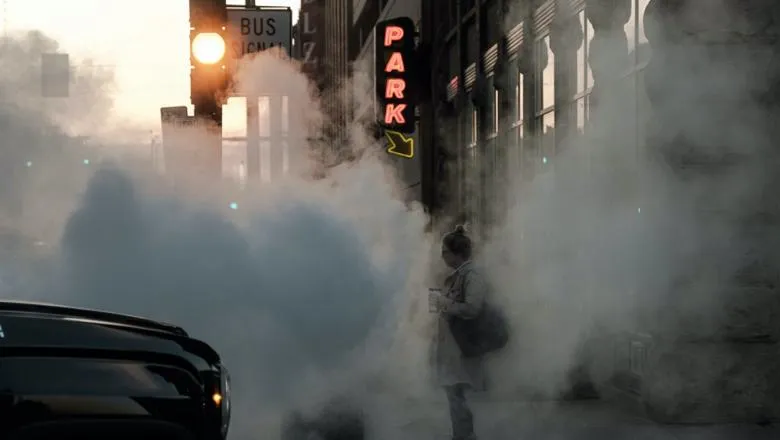Conducted in the borough of Lambeth, South London, the study illustrates the impact diesel pollutant exposure has on all age groups, with particularly bad outcomes for children.

An increase in air pollution in South London is responsible for both increases in respiratory consultations in primary care and an increased demand for inhaler prescriptions. Much of this can be attributed to exposure to diesel pollutants, known as PM10 (particulates) or NO2 (NOX).
Recently published in BMC Environmental Health by Dr Mark Ashworth, Reader in Primary Care at King's, the results form part of an MRC-funded research study in collaboration with Professor Klea Katsouyanni and the University of Athens.
Researchers aimed to assess the association between short and long-term pollutant exposures and numbers of primary care respiratory consultations and inhaler prescribing, taking advantage of the UK universal patient registration system in a geographically circumscribed population.
We used modelled air pollution data over a 6-year period, combining it with anonymised primary care data from Lambeth DataNet to look at how air pollution is linked to acute respiratory conditions. Each time PM10 and NO2 pollutants went up (the main source of both is diesel pollution), there was an increase in daily GP consultations for asthma, COPD and acute respiratory infections and an increase in requests for inhaler prescriptions. The association was strongest in children.– Dr Mark Ashworth
Most notably, the study found that during weeks when there was a one quartile increase in PM10 or NO2, respiratory consultations for children (0-17 year olds) went up by 7.5% and 6%, respectively.
Percentage increases attributed to PM10 and NO2 exposure:
- The increase in GP respiratory consultations was largest for daily PM10 and NO2 exposure in children (0-17yr olds): a one quartile increase in PM10 was associated with a 3.5% increase in daily respiratory consultations, while a one quartile increase in NO2 was associated with a 1.5% increase in daily respiratory consultations.
- The association further increased after adjustment for weekly average exposures to PM10 and NO2 in children: a one quartile increase in PM10 was associated with a 7.5% increase in daily respiratory consultations while a one quartile increase in NO2 was associated with a 6% increase in daily respiratory consultations.
- GP respiratory consultations increased across all age groups. For the whole population: a one quartile increase in daily PM10 was associated with a 2% increase in all daily respiratory consultations and a 1% increase in all inhaler prescriptions, while a one quartile increase in daily NO2 was associated with a 1% increase in all daily respiratory consultations and a 2% increase in all inhaler prescriptions.
Communities exposed to these diesel pollutants will experience higher rates of respiratory illness and this study enables researchers to identify those most at risk and to quantify that risk. The findings also act as a reminder that increased demand on primary care services will occur at times when air pollution levels are higher.
This is the first study to report the day-to-day effect of air pollution on respiratory consultations in primary care and suggests a need for more studies investigating air pollutants exposure over sustained periods, with primary care data covering wider geographical areas and larger populations.






